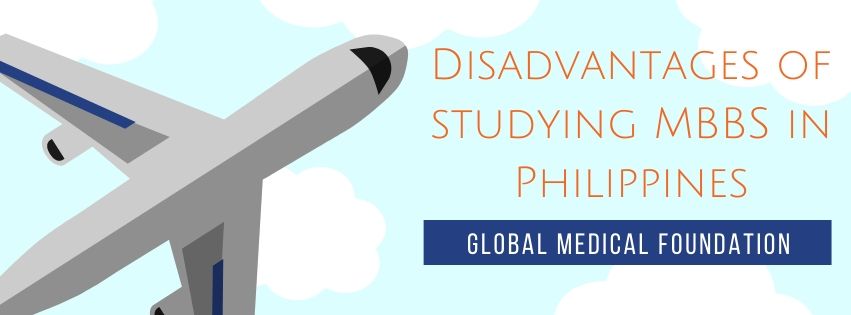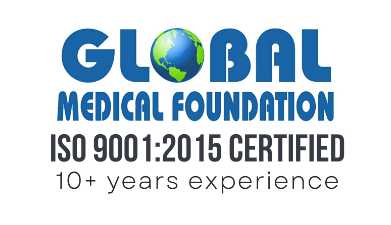
The Philippines is a popular destination among Indian students. It is especially popular among students from Delhi, Gujarat and South India. Just like the medical colleges in India or any other country, there are advantages as well as disadvantages of studying MBBS in Philippines. The FMGE result from the Philippines has always been higher than that of countries such as Russia, Ukraine, Kyrgyzstan, Kazakhstan, Belarus. This is one of the biggest advantages of studying MBBS in Philippines. The other advantages are that more than 92% of the population speaks English, the climate is similar and so is the disease pattern. However, there are many disadvantages of studying MBBS in Philippines as well. We shall discuss the various cons of studying MBBS in the Philippines in detail.
Disadvantages of Studying MBBS in Philippines
Here are the biggest disadvantages of studying MBBS in Philippines:
- The pre-medical or BS program: After completing class 12th and qualifying NEET, you cannot get direct admission in the MBBS program (called MD Physician) in the Philippines. You first have to enrol in the pre-medical or BS program which is 1-2 years long depending on the college. The reason for the BS course is that the schooling in the Philippines is of 14 years whereas it is of 12 years in India. A Filipino student would have studied for 14 years before he or she can sit for NMAT. The pre-medical course is to compensate for the less number of years that an Indian student has studied. After completing the BS course and clearing NMAT, you can start the actual MBBS course. This can also be seen in a positive manner. As the stress of education is not high, it will give you plenty of time to settle down in a new country.
Also read – BS – MD Program is the Philippines
- NMAT Philippines – NMAT is an entrance exam which is required to be qualified for admission in the MBBS course in the Philippines. The exam is not difficult and for most of the universities, the qualifying criteria is 40 percentile only. If a student cannot qualify NMAT then the student won’t be able to qualify the licensing exam in India. Also, if a student has qualified NEET, then he/she won’t have any problem with clearing NMAT. You can appear for NMAT while you are in the BS course. This means that you will get anywhere between 1-4 chances to clear NMAT before you complete the BS program. In many colleges, you will be given admission in the MD course even if you haven’t cleared NMAT. However, you are still required to score 40 percentile and clear NMAT, hence, you might get 2-4 more chances.
Also, read – NMAT Sample Paper
- No hostel facility in some colleges – In some colleges, there is no hostel facility provided by the college. In such cases, the students have to stay in PGs and flats. You will get to stay in government hostels in countries such as Russia, Ukraine and Kyrgyzstan. Global Medical Foundation helps students find accommodation after the come to the Philippines. In the first few days, finding accommodation might be a problem for some students.
- Higher cost of living – As there is no hostel facility, the cost of living in flats and PGs in more. However, as the students share flats, they also share the cost of living. As the students stay in flats, they get more space and facilities than students who live in hostels.
- Visa process and cost – There is a visa interview for every student who wishes to study in the Philippines. However, clearing this is not at all difficult as very basic questions are asked. After reaching the Philippines, the Visa gets converted into a student visa. This visa has to be renewed each year and the renewal is on a pay basis.
So what now?
Despite some disadvantages, MBBS in the Philippines is still the no.1 destination and choice of Indian students. Even though there are some disadvantages of studying MBBS in Philippines, it is still the country. The advantages of doing MBBS in the Philippines outweigh the disadvantages.
